Improvisation Meets Science: Enhancing Courtroom Communication in Forensics
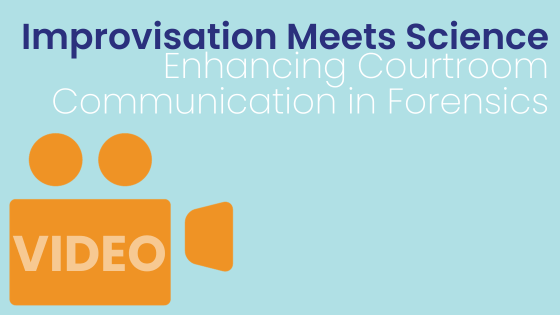
In this interview, Laura delves into a unique workshop hosted by Julie Burrill and Josh Rich at the 34th International Symposium on Human Identification that integrated improvisation with scientific communication aimed at enhancing the communication skills of forensic scientists, particularly in courtroom settings. Julie and Josh’s collaboration at the Alan Alda Center for Communicating […]
This Week in Forensic Science

No one has hours to scour the papers to keep up with the latest news, so we’ve curated the top news stories in the field of Forensic Science for this week. Here’s what you need to know to get out the door! New York’s First Use of Genealogy to Solve Cold Case Rapes […]
Reflecting on ISHI 34 with the Student Ambassadors
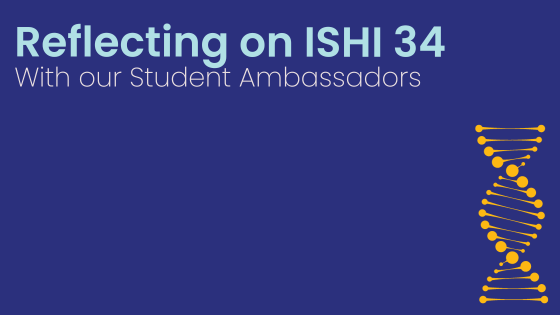
Three years after a fully virtual symposium in 2020, it’s safe to say that the 34th International Symposium on Human Identification felt like a return to normalcy. With attendance reaching near record levels, including nearly 1/3 of attendees coming for the first time, it was great to see so many of you in the fill […]
Comparison of ForenSeq® Kintelligence and Whole Genome Sequencing in Searching for Relatives in GEDmatch
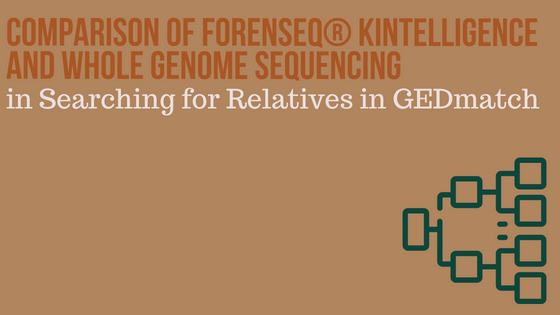
Today’s blog is written by guest bloggers S.M. Radecke1, J. Antunes1, A. Bormans2, G. Padmabandu1, K.M. Stephens1 Affiliations: 1Verogen, A QIAGEN Company, San Diego, CA USA; 2Gene By Gene, Houston, TX USA GEDmatch is an important investigative tool for law enforcement, particularly for cold cases and UHR. Several types of sequencing data can be uploaded, […]
This Week in Forensic Science
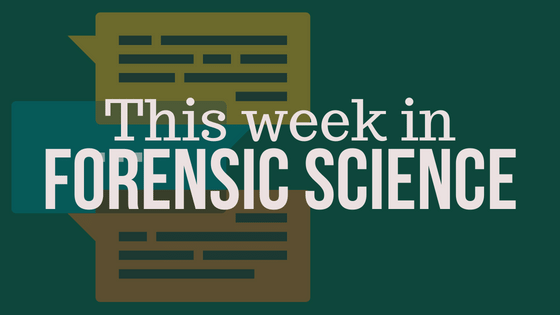
No one has hours to scour the papers to keep up with the latest news, so we’ve curated the top news stories in the field of Forensic Science for this week. Here’s what you need to know to get out the door! Suspect Confesses to 1994 Murder Hours After Police Visit (Forensic – […]
This Week in Forensic Science

No one has hours to scour the papers to keep up with the latest news, so we’ve curated the top news stories in the field of Forensic Science for this week. Here’s what you need to know to get out the door! Coroner: Remains Found 40 Years Ago in Newton County are a […]
Previewing the Posters of our ISHI Student Ambassadors: Cassandra Skrant

Monozygotic twins are difficult to differentiate in a forensic laboratory because they come from the same zygote. This causes the standard STR typing method used within forensic laboratories to be unable to distinguish monozygotic twins. Cassandra’s research assessed the usefulness of pyrosequencing CpG sites to determine if DNA methylation can be used to discriminate monozygotic […]
Locating and Identifying Victims of the Tulsa Race Massacre: A Forensic Anthropological Perspective
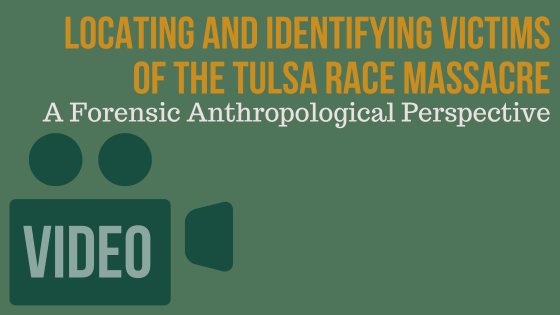
On October 19, 2020, in a corner of what was once the African American section of the Potter’s Field in Tulsa’s Oaklawn Cemetery, a backhoe begins scraping away layer after layer of red Oklahoma earth. Workers in high-visibility vests and orange hard hats prepare to join the excavation. Phoebe Stubblefield, Interim Director of the C.A. […]
Previewing the Posters of our ISHI Student Ambassadors: Julia Wang

Conventional methods for testing sexual assault evidence are based on preferential lysis and rely on the presence spermatozoa to identify perpetrators. Low concentrations of male DNA and mixtures of perpetrator and victim DNA complicate profile interpretation. Consequently, evidence that screens negative for presence of semen, spermatozoa, or male DNA is often considered to have minimal […]

